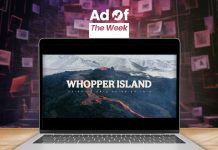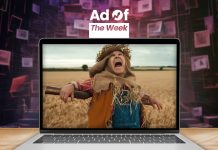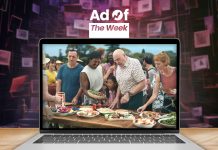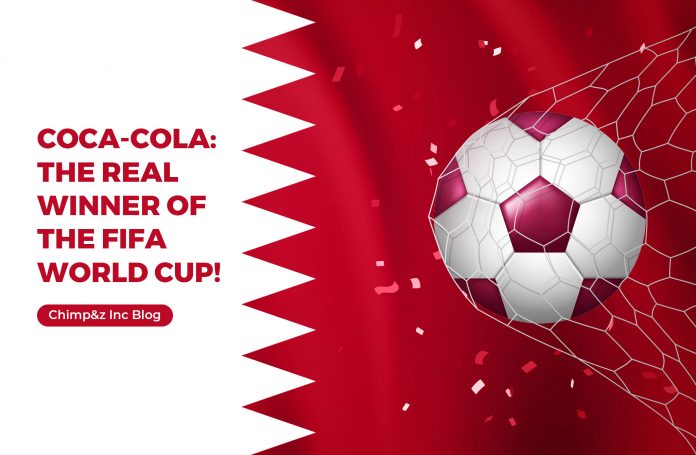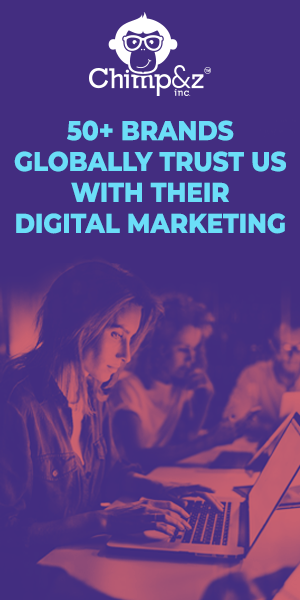
Players score on the field, while brands score off the field.
How unique can brands get with their Marketing Strategy? Well, let’s talk about Coca- Cola
Did you know?
Coca-Cola has been a FIFA partner since 1974 and an official sponsor of the World Cup since 1978. This is the first World Cup to be held in the Middle East since the pandemic.
Coca-Cola’s partnership with FIFA and the World Cup has been iconic. While we all remember the iconic song, Wavin’ Flag and associate it with the 2010 FIFA World Cup. What might surprise you is that it was not the World Cup’s anthem but rather Coca-Cola’s anthem for the tournament to celebrate Africa and the continent’s first World Cup.
What are they doing this time around? Let’s have a look at Coca-Cola’s 2022 World Cup campaign.
The Coca-Cola FIFA World Cup 2022 campaign based on the idea that believing is Magic, celebrates and enhances authentic and simple moments of connection for football fans through a 60-second hero film.
What are the Campaign Insights?
- For the fifth consecutive time, Coca-Cola has presented the FIFA World Cup Trophy Tour and bought the trophy to all 32 qualifying nations in the lead-up to the tournament, giving the brand a touchpoint in global markets months before the tournament began.
- Coca-Cola created 20 unique global “promises” that were displayed across packaging, along with additional creative activations, according to the campaign that was planned to attract the fans across the globe.
- “Coca-Cola collaborated with Panini, the officially licensed sticker album of the World Cup, to create exclusive stickers. The brand has also collaborated with retail partners to develop in-person opportunities centered on the stickers.
- “Believing is Magic” also included an online hub that aims to connect fans all over the world, continuing the brand’s focus on digitally driven campaigns.
How was the Campaign Executed?
-
- In line with Coca-Cola’s focus on digitally driven campaigns, “Believing in Magic” featured three digital films — “Tattoo,” “Shave” and “Run” — that revolved around the promises fans make if their teams win. On special “promise” packaging, taglines such as “If we win, I’ll get a tattoo” will appear. Consumers were also encouraged to share their own promises for possible inclusion in packaging, digital content, and outdoor creative, according to press materials.
- A partnership with Panini on exclusive player stickers that were available both digitally and physically under Coca-Cola to provide in-person opportunities for fans to gather, trade stickers, and create digital albums.
- Coca-Cola also ran a digital hub where fans from all over the world could compete and predict World Cup match winners by connecting to social platforms and sharing other moments.
- World Cup sticker albums are a long-standing hobby for football fans but inflation has raised the price of a complete set to more than $1,000, making the special World Cup packaging more attractive for fans.
Key Campaign Indicators:
Direct engagement with fans across the globe, targeting different age & generation, personalizing
Results
The Coca-Cola Company’s net revenues increased Coca-Cola revenue increased 10% to $11.1 billion between July and September during the pre – buzz phase. According to FactSet, this was more than the $10.5 billion predicted by Wall Street analysts.The company has adopted a marketing model that is focused on adding and retaining customers through experiences that connect consumption with consumer passions by personalizing their packaging.
Takeaway
The importance of consistency is a critical lesson that Coca-Cola can teach businesses. Through campaigns and marketing platforms, the company is committed to imprinting itself on the minds of its customers.
The company generates buzz on Facebook, Twitter, and other social media platforms. As consumers contribute their thoughts to the discussion, the brand responds by keeping its audience engaged. This concept promotes closer customer relationships.
Thus, an important learning is that it’s not just about providing material regularly. It’s also about engaging with your audience with the right strategic approach and execution.





